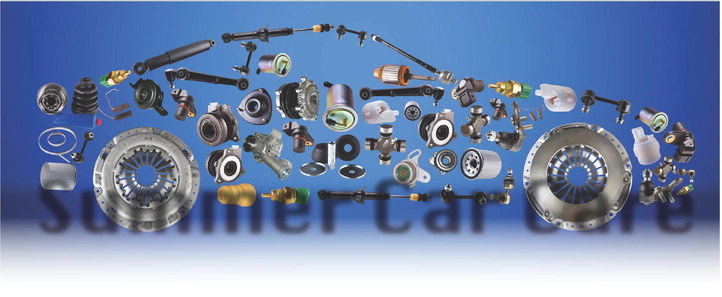5 Ways to Protect Your Automotive Investment
(Family Features) Between inventory issues and climbing interest rates, buying a vehicle can be quite an ordeal, making it an investment worth protecting.
Today’s vehicles require less maintenance than ever before. You can go longer between oil changes and many tires are rated for longer travel. However, keeping up with regular maintenance remains part of your vehicle’s upkeep. Whether you’ve purchased a new vehicle or you’re aiming to keep a car or truck you already own in good working condition, these tips can help you maintain its peak performance and appearance.
Car Wash: At least once a month, make a point of washing your car to remove built up grime. Not only is the dirt unsightly, but the mess can also damage your paint job and even the frame. This is especially true during the winter months when road salt splatters your vehicle’s undercarriage. Once the temperatures climb back above freezing, be sure to wash away the salt.
Covered Parking:
When possible, use a garage or other form of covered parking. You’ll protect your paint job from harsh UV rays, and you’ll also limit exposure to bird droppings and other potentially corrosive or damaging elements in the environment, like dust and pollen.
Windshield Wipers: Visibility is one of the most important aspects of safety when you’re driving, and windshield wiper blades play an essential role. Squeaking, streaking and failing to clear precipitation are all signs your blades need to be replaced. Check wipers regularly and plan on replacing them at least every 6-12 months.
Battery: You may not think much about your battery as long as your engine is turning over and your vehicle is running smoothly. However, even a car in good condition can have battery damage. At least once a year, check for signs of battery acid. If you detect the white powdery substance around your battery terminals, disconnect the cables (negative first) and apply a mixture of baking soda and water with a wire brush. Rinse with water and dry before replacing the cables.
Air Filter: The air filter doesn’t just affect the air quality in the cabin of your vehicle. A dirty filter can also cause engine strain because it hinders proper air flow. Over time, you may even notice a decline in gas mileage and acceleration performance. Many factors affect how often you need to replace your filter, but a quick visual inspection should give you a clear idea. Your owner’s manual will help you determine how to access the filter; it’s easier than people often assume.

.png)



